Tomato paste, a staple in global cuisines, is a highly concentrated product made by cooking tomatoes for hours to reduce water content, straining out the seeds and skins, and cooking it further to achieve a thick, rich paste. It’s a fundamental ingredient in everything from pasta sauces and soups to stews, curries, and pizzas. Given the worldwide demand, the production of tomato paste is a major industrial activity — and the question arises: Which country is the largest tomato paste producer in the world?
The Global Importance of Tomato Paste
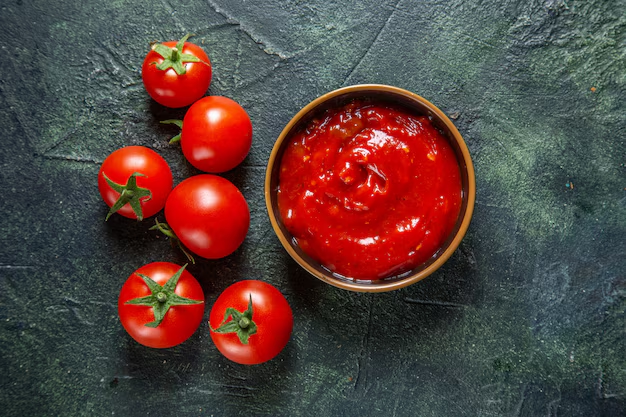
Tomato paste plays a vital role in the global food supply chain. It is a shelf-stable product with long-lasting usability, making it ideal for both commercial food manufacturers and households. The paste is also a base ingredient in many sauces and dishes across diverse culinary cultures — from Italian to Indian, Middle Eastern, Latin American, and American cuisines.
With increasing urbanization and demand for processed foods, the global market for tomato paste has grown significantly. As of the early 2020s, the global tomato processing industry was valued at over $10 billion USD annually, and tomato paste accounts for a significant portion of that value.
Global Tomato Production and Processing
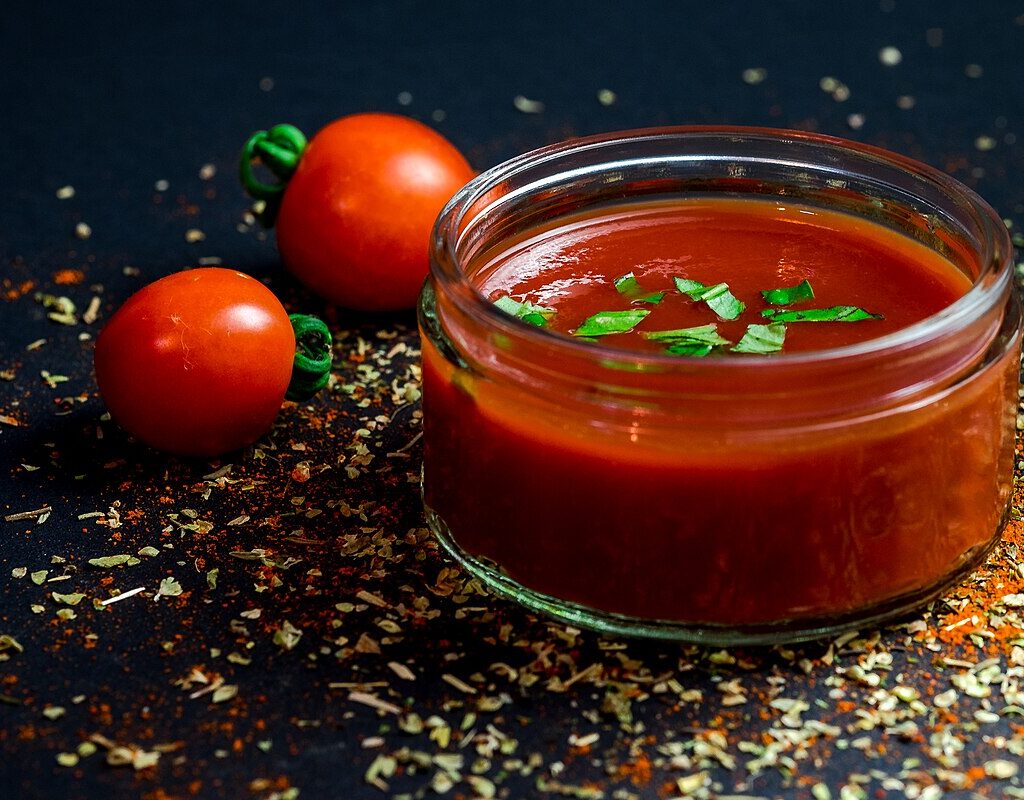
Tomatoes are one of the most widely grown vegetables in the world, with an annual production of more than 180 million metric tons, according to FAO (Food and Agriculture Organization of the United Nations). However, not all tomatoes are grown for fresh consumption. A large portion—especially specific varieties—is grown for processing into products like puree, diced tomatoes, sauce, and paste.
Countries that dominate tomato paste production typically have large-scale industrial farming, advanced processing infrastructure, and international trade links.
The Leader in Tomato Paste Production: China
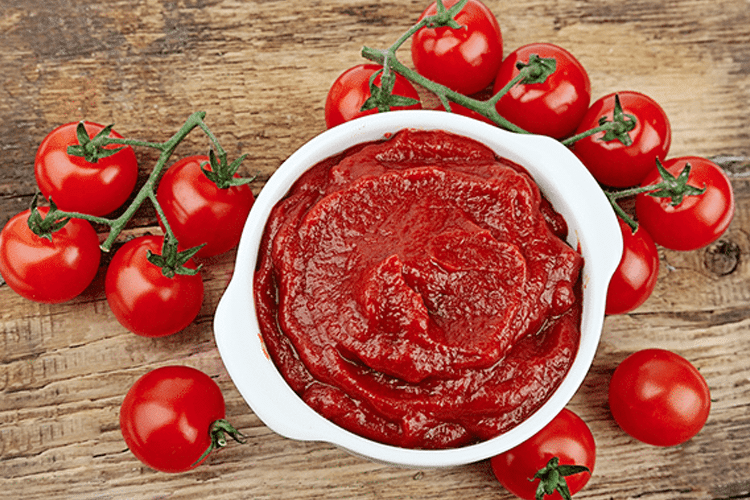
Why China Leads the World
China is the undisputed global leader in tomato paste production. As of the latest industry data, China produces approximately 30-35% of the world’s tomato paste exports, making it the largest producer and exporter of tomato paste.
China’s tomato paste production is largely concentrated in Xinjiang Province, an area with favorable climatic conditions and vast agricultural lands. The Chinese government and private sector have invested heavily in processing facilities and logistics systems to support export-oriented tomato paste production.
Key Statistics
- Annual Production Volume: Over 1.5 million metric tons of tomato paste.
- Export Markets: Primarily exported to Russia, West Africa, the Middle East, and Europe.
- Major Companies: Cofco Tunhe, Chalkis, and Haohan are some of China’s top tomato processing firms with significant global reach.
China’s production has been so efficient and cost-effective that it has outcompeted traditional producers in Europe and North America in many international markets.
Other Major Tomato Paste Producers
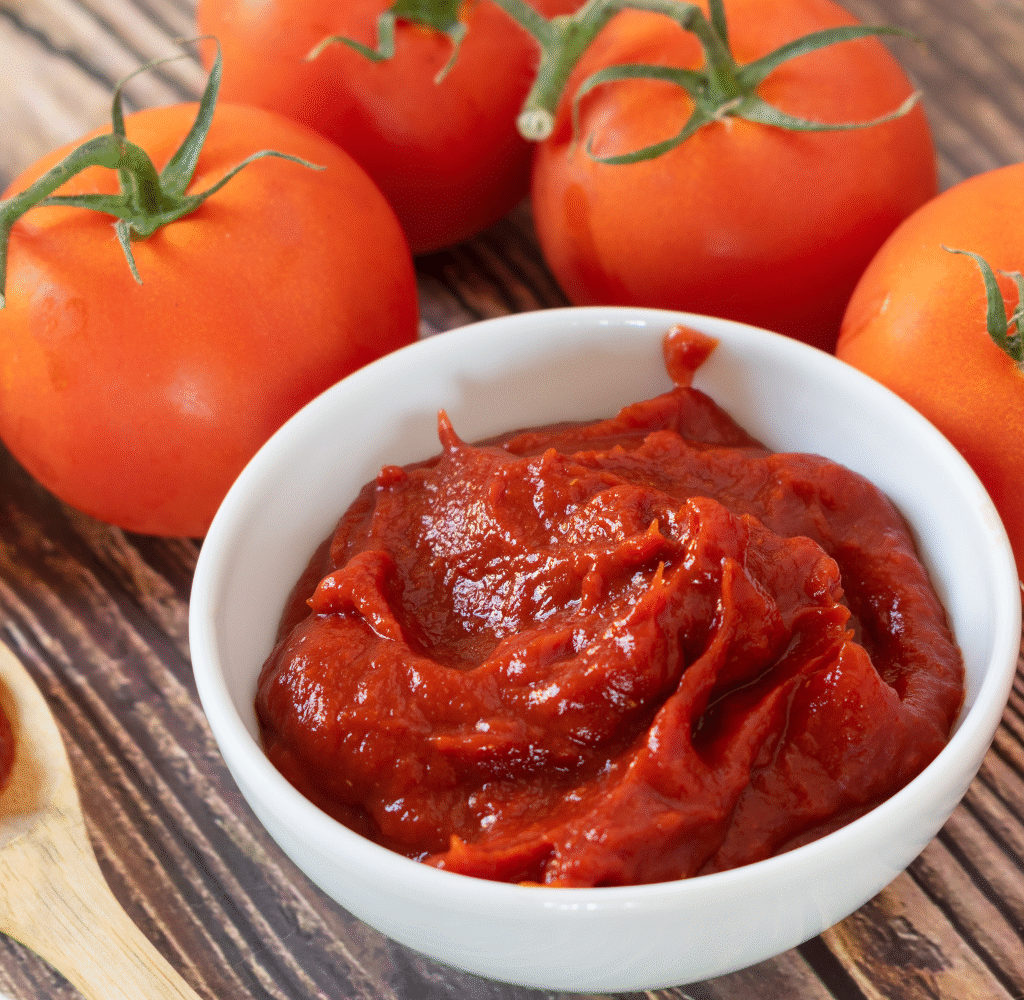
While China is the global leader, several other countries also play critical roles in the tomato paste industry.
1. Italy
Italy has long been associated with tomatoes and tomato-based products. Though not the largest producer by volume, it is the largest in terms of premium and high-quality tomato paste, particularly for the European market.
- Regions: Emilia-Romagna, Campania, and Puglia.
- Annual Production: Around 1 million metric tons.
- Notable Companies: Mutti, Cirio, and La Doria.
- Italy is known for double and triple-concentrated paste that complies with strict EU food safety and quality standards.
2. United States
The U.S. is another major player in the tomato paste industry, particularly in California’s Central Valley.
- Annual Production: Close to 1 million metric tons.
- Major Growing Area: California, which accounts for more than 90% of the nation’s tomato processing.
- Leading Brands: Heinz, Hunt’s, Del Monte.
Although much of the U.S. tomato paste is used domestically, the country still contributes significantly to global exports.
3. Spain
Spain is a significant European producer with a strong presence in both local and international markets.
- Annual Production: Around 400,000–500,000 metric tons.
- Major Growing Areas: Andalusia and Extremadura.
Spanish producers often supply both the European Union and North African markets.
4. Turkey
Turkey has emerged as a growing force in tomato paste production, serving both domestic and nearby Asian and European markets.
- Annual Production: Around 300,000–400,000 metric tons.
- Turkish tomato paste is especially popular in Middle Eastern countries due to regional proximity and competitive pricing.
Key Drivers of Production Dominance
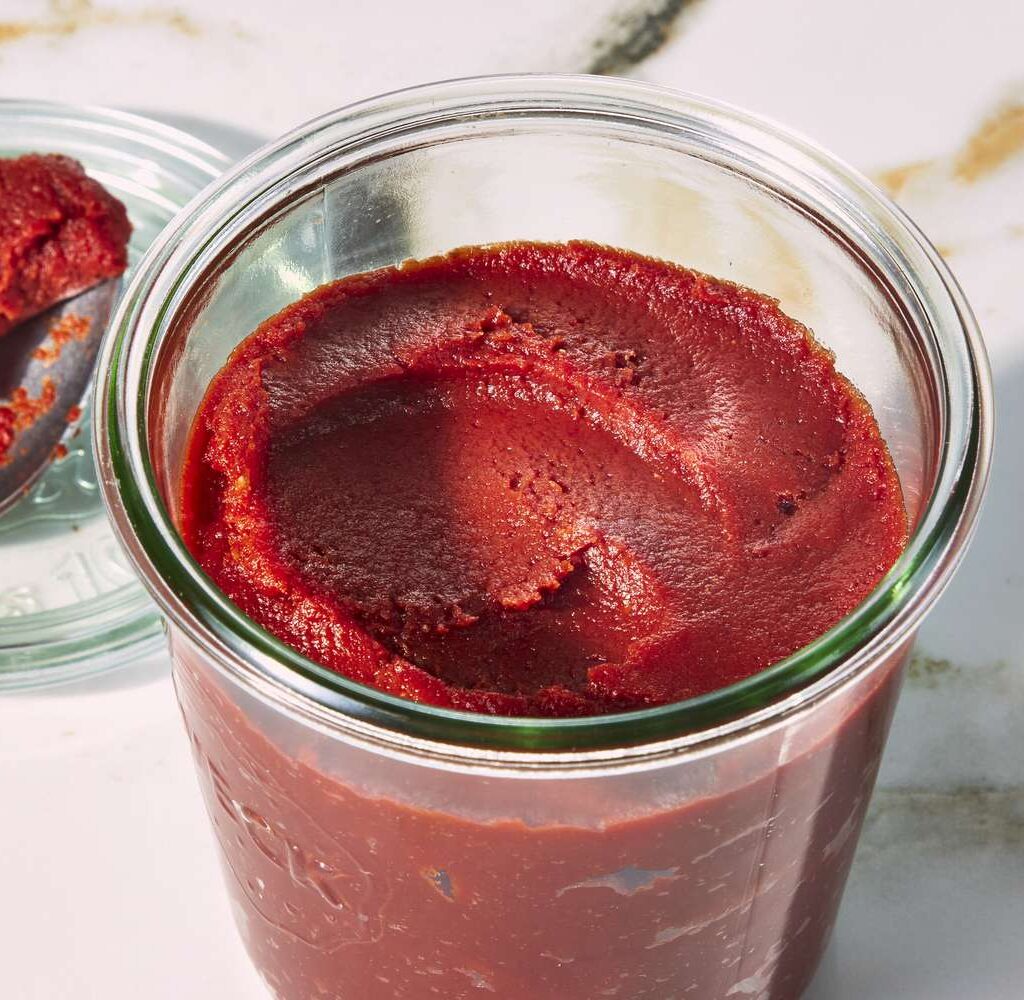
1. Climatic Conditions
The largest producers are typically located in regions with warm, dry climates — ideal for tomato growth and sun-drying techniques that reduce energy costs.
2. Industrial Farming and Mechanization
Advanced farming techniques, mechanized harvesting, and large-scale processing plants allow countries like China and the U.S. to produce tomato paste efficiently and at scale.
3. Government Support and Infrastructure
Supportive policies, investment in irrigation, and export-friendly logistics (such as port access) boost production in leading countries.
4. Global Demand
The rise in consumption of processed foods, sauces, and ready-to-eat meals has driven demand for tomato paste globally — favoring large-scale producers with export capacity.
Challenges Faced by the Industry
Despite the growth, the tomato paste industry faces several challenges:
- Climate Change: Droughts and extreme weather impact yields in countries like the U.S., Italy, and Spain.
- Labor Shortages: Manual labor required for harvests is becoming increasingly expensive or unavailable.
- Trade Barriers: Tariffs and regulations can impact cross-border trade, especially between China and the West.
The Future of Tomato Paste Production
As demand continues to grow, especially in developing countries and urban populations, the need for tomato paste will remain strong. Innovations in farming, processing efficiency, and eco-friendly packaging will define the future of this industry.
China is likely to maintain its lead in production, but countries like Turkey and India may rise in importance due to expanding processing capacity and domestic consumption. Meanwhile, countries like Italy will continue to dominate the premium market due to their focus on high-quality production.
Conclusion
To answer the thesis question: China is the largest tomato paste producer in the world, both in terms of production and export volume. With state-of-the-art infrastructure, vast agricultural zones, and strong global demand, China has positioned itself as the titan of the tomato paste world.
However, Italy, the U.S., Spain, and Turkey also contribute significantly to the industry — often supplying specialized or regional markets. The dynamics of the global tomato paste industry continue to evolve, shaped by technological advances, climate concerns, and shifting consumer preferences.
Understanding which country leads tomato paste production not only sheds light on global food supply chains but also highlights the agricultural, economic, and strategic factors that shape our daily meals.
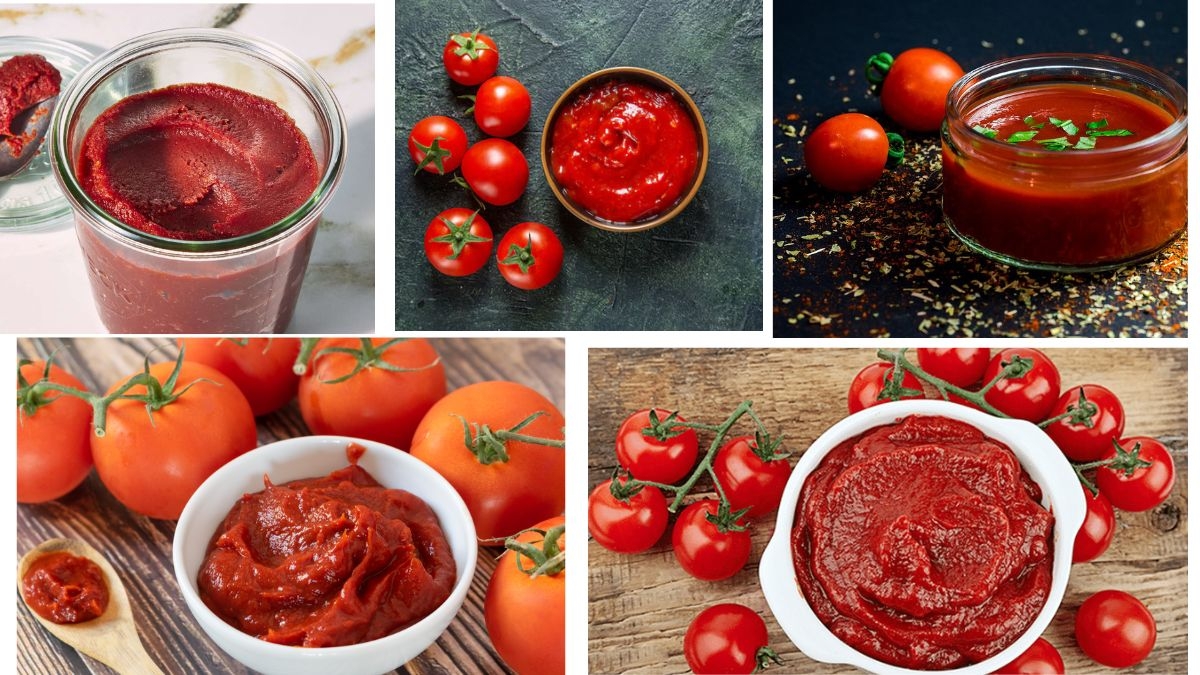



Leave A Comment